Your Guide to Handling Infant Hand-Me-Down Rules
If you have children, the “hand-me-down” chain can result in tons of free clothes and toys for your children. There are some items that don’t do well as hand-me-downs, especially for infants.
Passing it Forward: Your Guide to Handling Infant Hand-Me-Down Rules
There’s no denying it, children are expensive. And I am one of those moms who absolutely loves handing my kid stuff over to other moms. I also love receiving them too. Saving money is a big deal in our house.
I am not the only one who feels this way. Many families work hard to decrease the expense that comes with having kids. One way to save lots of money is by searching out good deals on only the items you need.
This is why we are also open to searching for the perfect Hand Me Downs.
While some items are perfectly safe to be used after a previous owner. Some should not be used and guidelines for how others should be handled to ensure they’re up to snuff and safe for your little one.
Read More Home Keeping Tips & Tricks from Inspiring Savings
Check Recall Information
The United States Consumer Product Safety Commission (or CPSC) is the single most valuable resource for recalls and safety warnings for the modern parent has at their disposal. Their website is a wealth of information for both new and used baby items.
Parents should habitually check it regularly or sign up for their free email list to stay up-to-date on any developments regarding future recalls.
Must Meets Modern Safety Guidelines
If you are getting a used crib, check it with extra care: Do not use cribs older than 10 years or broken or modified cribs. Safety regulations change frequently based on reported injuries and deaths. It is important that even if the crib is 10 years newer, it measures the space between the slats.
A crib made before 1978 may have a finish that contains lead, so a crib that has been in the family for generations won’t be the best one to use! Please make sure that the slats should be no more than 2 3/8 inches apart (6 centimeters) to protect infants from falling out and toddlers from trapping their heads between the slats.
Also, check that the new mattress fits snugly into the crib. Measuring to make sure it is no more than two fingers’ width between the edge of the mattress and the sides of the crib.
Changing tables should feature a railing or raised edge. This railing or edge should measure at least six inches above the changing surface. Safety straps or harnesses are necessary; to keep wiggling babies in place. High chairs should be checked for stability and any broken or deteriorating pieces.
Car Seats – Skip or Keep
One thing that should not be purchased second-hand from thrift stores, or accepted as a hand-me-down donation, is a car seat. Due to the extreme concerns about their safety and functionality in the event of a car accident. Car seats should always be discarded and replaced after an accident.
Even if they seem to be intact under scrutiny. Often, inner workings and safety measures can be compromised after an accident, rendering them practically useless in a second crash. In general, car seats expire between 6 and 10 years from the date of manufacture (closer to 6 years than 10). Now they make it easier by placing an expiration date sticker.
They expire for several reasons, including wear and tear, changing regulations, recalls, and the limits of manufacturer testing.
Unless you know the history of a car seat and are absolutely sure that it was never in a fender bender, it’s best to opt for a new model to ensure your new baby’s safety.
More Than a Once-Over
A glance is usually not enough to ensure that all parts of an item are in good working order and that nothing is missing. Take the time to carefully examine a second-hand item.
Make sure that all screws and bolts are tight, that surfaces feel stable, and that nothing wobbles.
Toys should have all pieces intact and present no danger of breaking into smaller parts that could present a choking hazard, and strollers should have working breaks and be free of any rusting, sharp edges, or frayed seams.
Clean, Clean, Clean
No matter where a second-hand item comes from, you must always clean them thoroughly. Make sure you are removing any mildew or mustiness because of the item languishing in a storage building.
Remember that stains of indeterminate origin, bacteria, or foreign bodies should also be removed during cleaning. Read: 10 Kid Safe Homemade Cleaning Products
While you are scrubbing, look for corrosion from leaky batteries or expiration dates. Keep in mind that they made some items from plastic that degrade over time and may no longer be suitable for use.
Clothes for newborns and young infants can often be purchased second-hand for far less than retail cost. They are a great way to stretch your baby’s budget. Leaving you with more money for purchasing important items brand new, like car seats and crib mattresses.
Breast pumps, bottles, nipples, and feeding items should also be purchased new. Though well-meaning friends and family members may gift you a slew of leftovers from their new-parent days, there is no rule stating that you have to use them all.
Whether you opt to graciously accept them or quietly discard them, you should never use baby items that you feel are out of date or less than safe.
How to wash hand-me-downs
Most second-hand baby clothes don’t need hand-washing – the machine will do just fine (and be much faster!). Washing as you would for “normal” baby clothes purchased from the store. You can use baby-safe detergent, such as Dreft Laundry Detergent.
However, for delicate items with lots of detail or non-cotton fabrics, you might want to consider a hand wash. To do so, soak in a mixture of warm water and baby-safe detergent (just follow the directions on the label), then be sure to rinse thoroughly.
Air dry as you would with machine-washed clothing until completely moisture-free.
Other Important Family Articles
10 Kid Safe Homemade Cleaning Products
The Do’s & Don’t to Thrift store shopping
10 Common Items that Make Great Toy Organizers
This post may contain affiliate links or sponsored content. Disclosure Policy

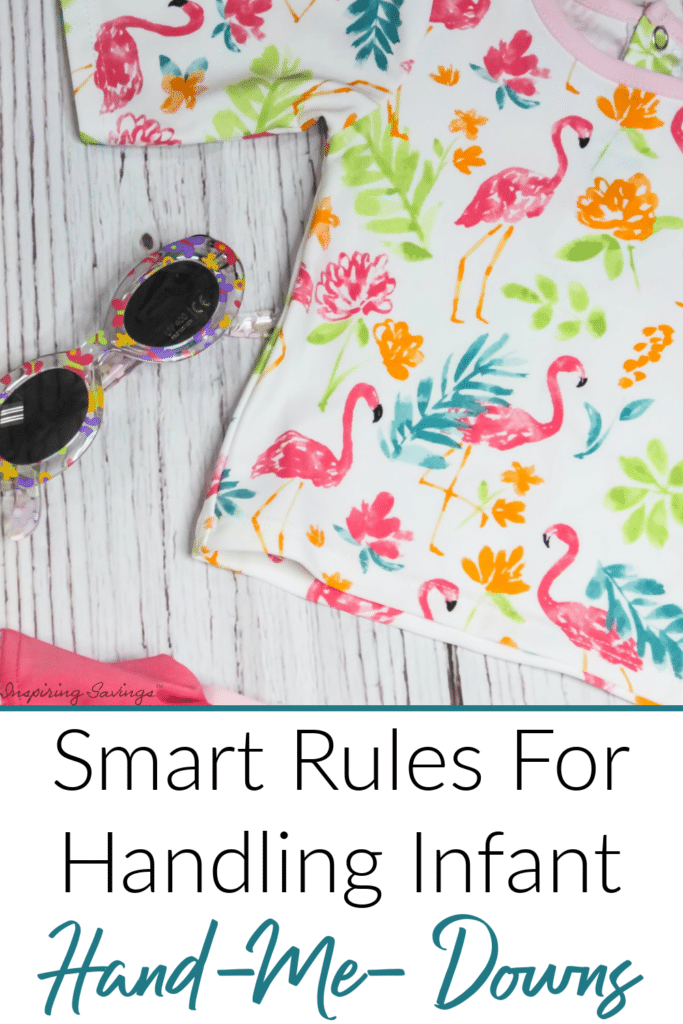
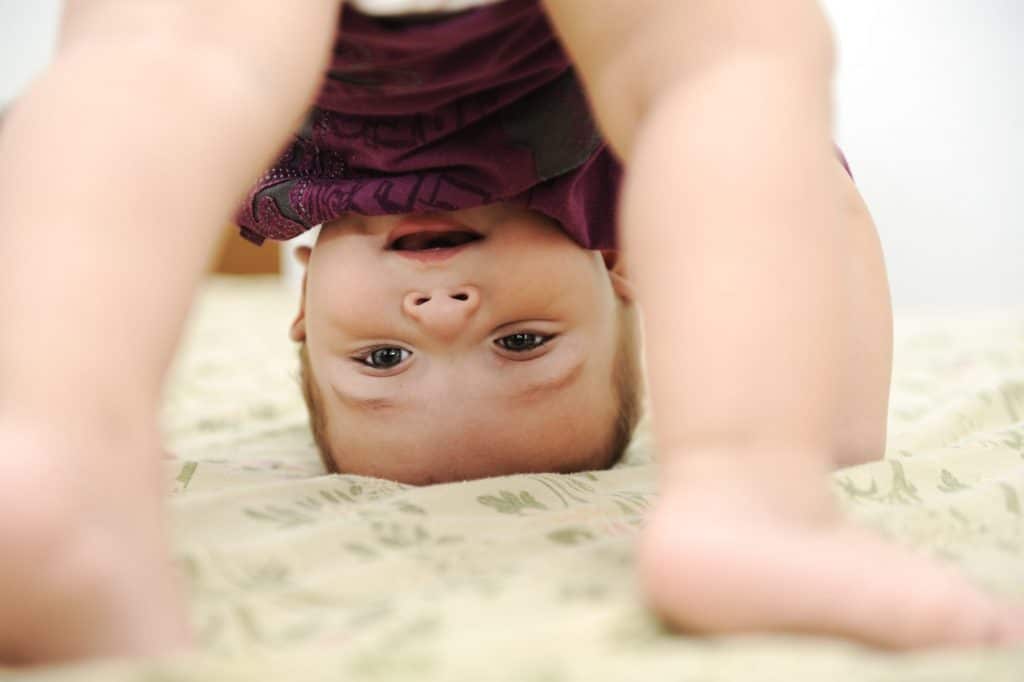
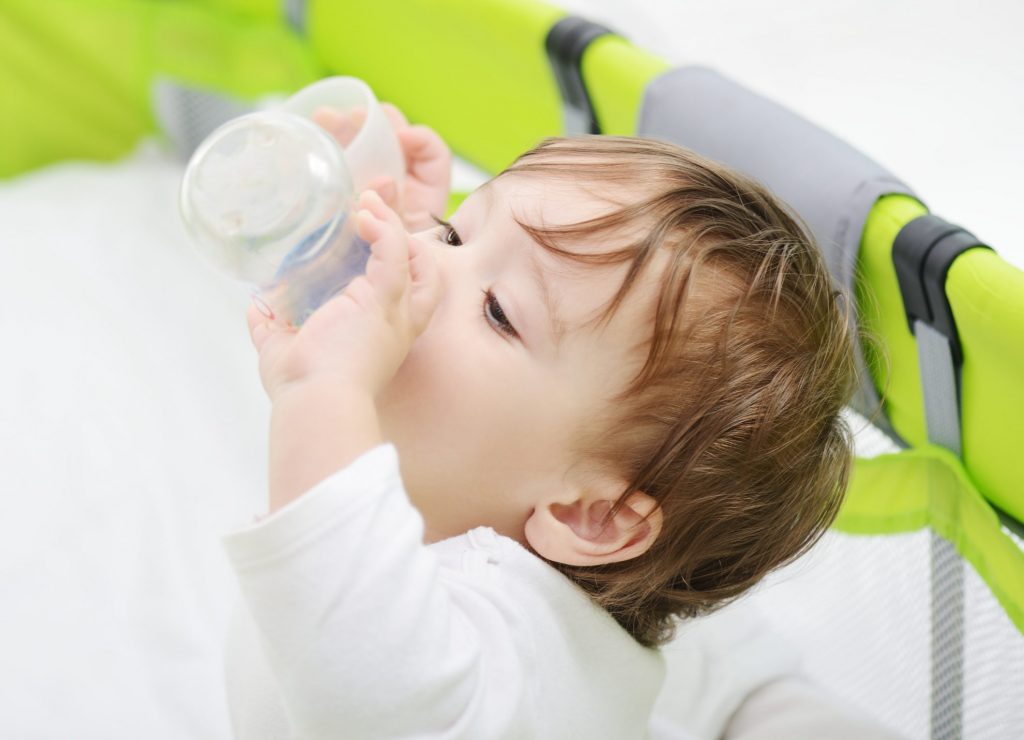
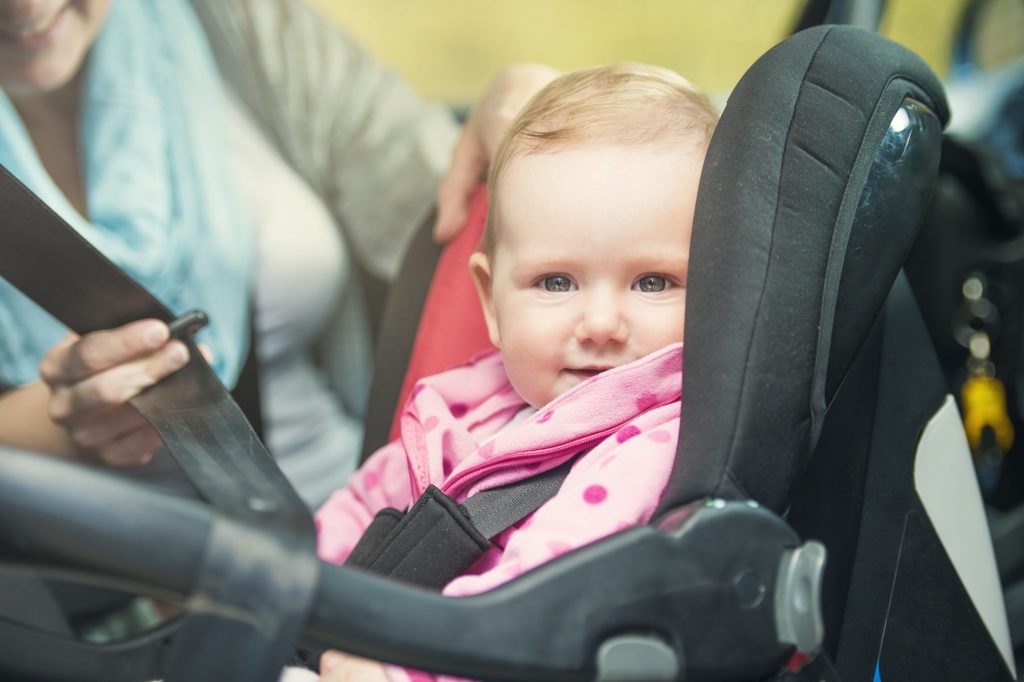
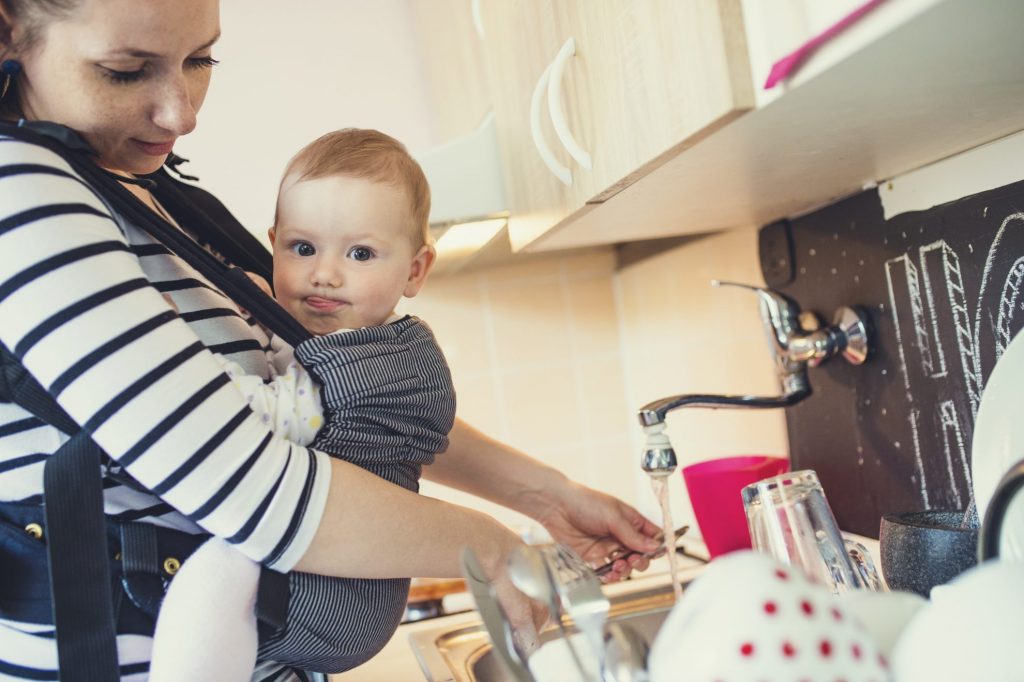




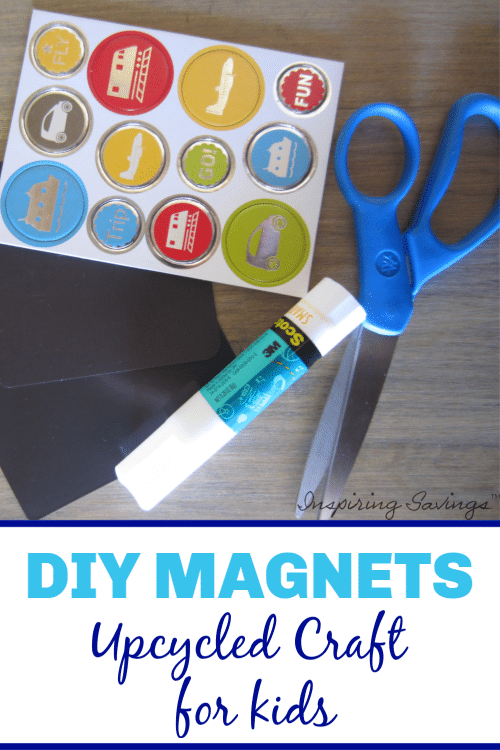
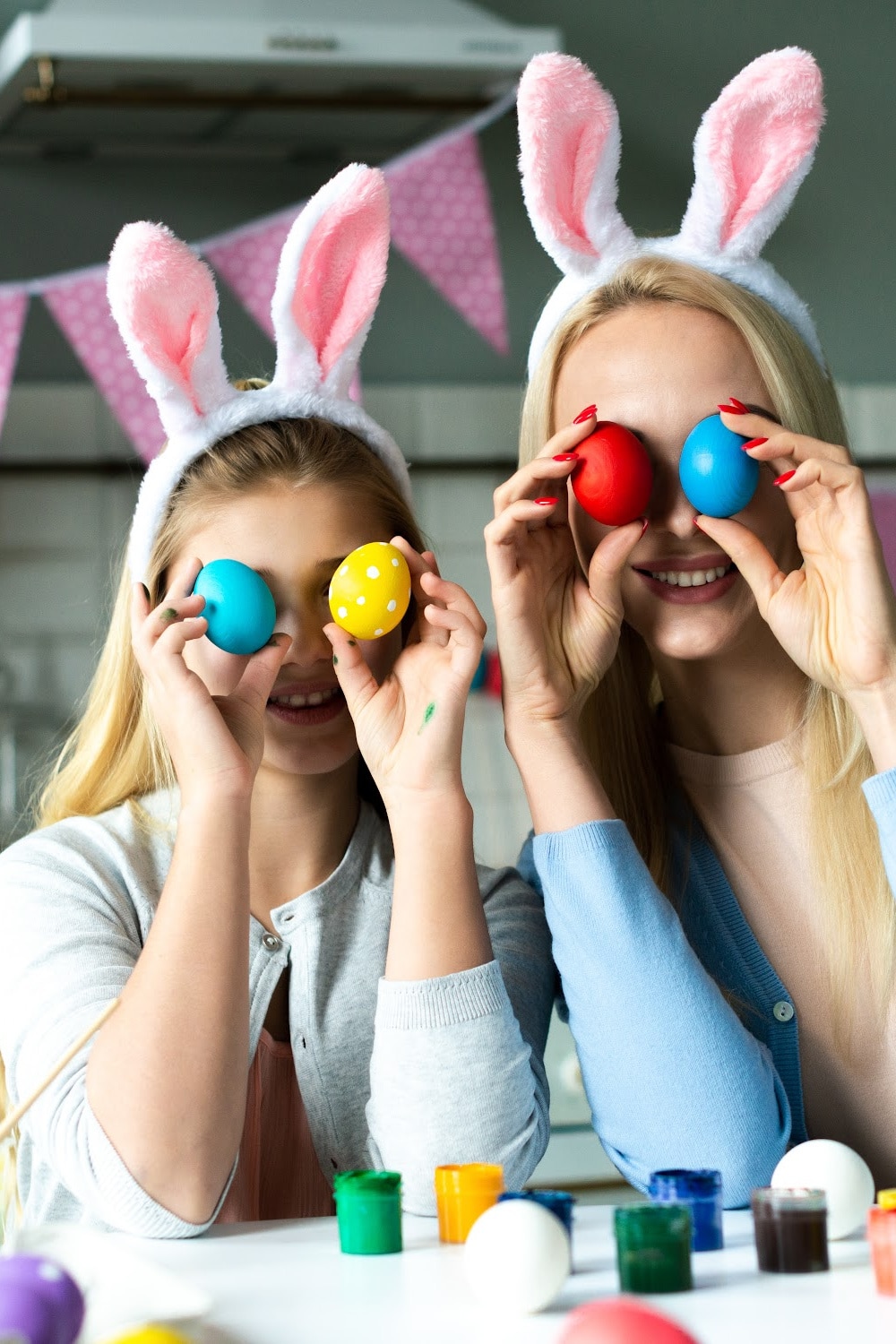

2 Comments